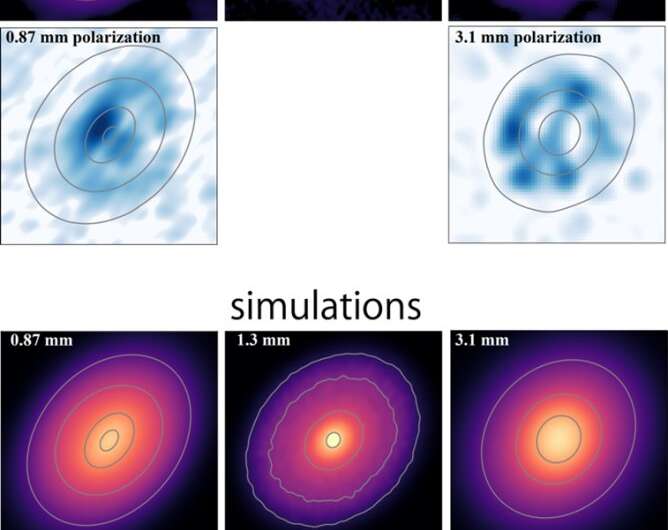ALMA radio observatory reveals planet formation mechanisms
- October 7, 2023
- 0
Unraveling the mystery of how planets like Earth form is an important question for understanding the origins of life. Planets are thought to form when interstellar dust and
Unraveling the mystery of how planets like Earth form is an important question for understanding the origins of life. Planets are thought to form when interstellar dust and
Unraveling the mystery of how planets like Earth form is an important question for understanding the origins of life. Planets are thought to form when interstellar dust and gas accumulate in the proto-planetary disk surrounding the protostar, but it is not yet clear where, when and how planet formation begins.
On the other hand, when a planet forms inside a disk, it is known that gravity creates a ring-like pattern on the disk. In fact, ALMA observations have found such ring structures in many protoplanetary disks, indicating the presence of planets.
In order to study the planet formation process, it is necessary to examine in detail the disks where no planets have yet been found. However, due to the difficulty of finding and studying in detail such disks with no signs of planets, we still do not have a clear picture of how the formation of planets begins.
“Dust enrichment and grain growth in the smooth disk around the protostar DG Tau revealed by three-band ALMA observations” was published in a new study. Astrophysical JournalAn international research team focused on the relatively young protostar DG Taurus (DG Tau) and studied the disk surrounding the protostar in detail with ALMA.
They observed the intensity distribution of radio emission at a wavelength of 1.3 mm emitted by dust in the disk with an extremely high spatial resolution of 0.04 arcseconds and illuminated the detailed structure of the disk. The results show that the disk around DG Tau is smooth and does not have the ring-like patterns seen in disks around old protostars. This indicates that there are no planets in the DG Tau disk, and the image may have captured the eve of planet formation.

The researchers then observed the disc at different wavelengths (0.87 mm, 1.3 mm and 3.1 mm) and examined the radio wave intensity and polarization. Depending on the size and density of the dust, the ratio of the intensities of radio waves of different wavelengths and the polarization intensity of the radio waves scattered by the dust change. Therefore, size and density distributions can be estimated by comparing observation results with simulations with different dust size and density distribution models.
This shows how large the interstellar dust that forms planets has become. The optimal simulation suggests that there is more dust in the outer part of the disk (more than 40 AU; slightly farther than the distance between the Sun and Neptune in the Solar System) than in the inner part, indicating that the planet formation process is ongoing. further forward.
Planet formation theories suggest that planet formation begins in the inner part of the disk, but the results of this study contradict this expectation and show that planet formation can begin in the outer part of the disk. On the other hand, the dust/gas ratio was found to be approximately 10 times higher in the inner region than in normal interstellar space, even though the dust size was smaller. Additionally, these dust particles are well settled in the midplane of the disk, indicating that the disk is accumulating material for the formation of planets. It is possible that dust accumulation could trigger planet formation in the future.
These observations were made possible by ALMA’s extremely high spatial resolution of 0.04 arcseconds and the observation of radio waves emitted by the dust, including polarized light at three different wavelengths. This is the first time the size and density of dust in a “smooth disk” with no signs of a planet has been detected. This provided new information about planet-forming regions that could not be predicted by previous theoretical studies or observations of disks bearing traces of planet formation.
Commenting on the importance of this research, Satoshi Ohashi says: “ALMA has so far managed to capture a wide variety of disk structures and detect the presence of planets. On the other hand, “How did the planet begin to form?” It is necessary to answer the question. It is important to observe a smooth disk without traces of planet formation. We believe that this study is very important because it reveals the initial conditions of planet formation.” Source
Source: Port Altele
As an experienced journalist and author, Mary has been reporting on the latest news and trends for over 5 years. With a passion for uncovering the stories behind the headlines, Mary has earned a reputation as a trusted voice in the world of journalism. Her writing style is insightful, engaging and thought-provoking, as she takes a deep dive into the most pressing issues of our time.